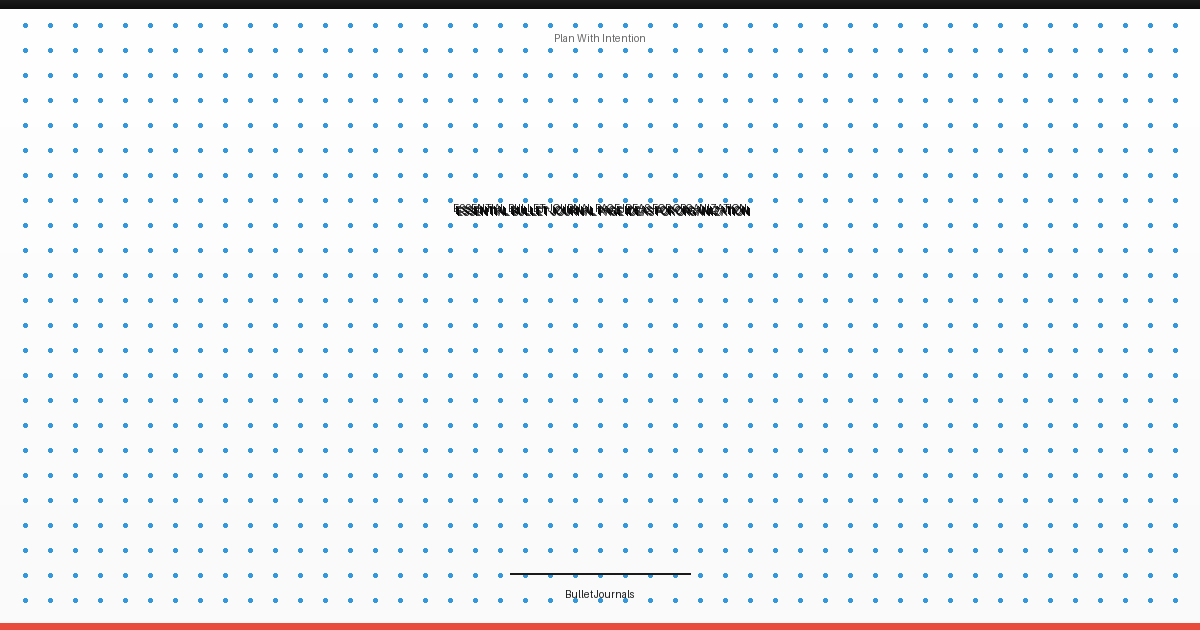Five essential career-tracking journal layouts empower professionals to transform their aspirations into tangible success. The Professional Timeline Spread visualizes career progression, while the Skills Development Grid systematically tracks competency growth. A Networking Contact Tracker maintains critical professional connections, and the Career Milestones Dashboard celebrates achievements. The Goal Achievement Roadmap converts dreams into actionable steps. These strategic layouts open the framework for methodical career advancement and profound professional growth.
The Professional Timeline Spread

A well-designed Professional Timeline Spread serves as the cornerstone of any career-tracking journal, enabling professionals to visualize their career journey with clarity and purpose. This layout combines chronological milestones, achievements, and pivotal career decisions in a streamlined format that facilitates both project progress review and strategic planning.
The spread typically features a horizontal timeline across two pages, with ample space for documenting promotions, skills acquired, and significant workplace accomplishments. Key elements include color-coded sections for different career aspects, dedicated areas for noting mentorship experiences, and space for career path exploration. Professional development goals and their completion dates are strategically positioned to maintain focus on growth objectives.
Skills Development Grid
The Skills Development Grid transforms abstract career goals into tangible progress markers through a structured matrix system. This powerful layout enables professionals to track their competency development systematically while maintaining a clear view of their progress through self assessment checklists.
| Skill Category | Progress Tracking |
|---|---|
| Technical | Monthly ratings and certifications achieved |
| Soft Skills | Communication improvements and leadership wins |
| Industry | Market knowledge and professional network growth |
The grid serves as a dynamic framework for personal growth reflections, allowing individuals to document both quantitative achievements and qualitative improvements. By breaking down complex career advancement into measurable components, professionals can identify skill gaps and celebrate milestone achievements. This systematic approach transforms vague aspirations into actionable steps, making career development more tangible and achievable. Regular updates to the grid create an extensive record of professional evolution while maintaining focus on strategic growth areas.
Networking Contact Tracker
Strong professional networks require systematic maintenance, which makes a well-designed contact tracking system essential for career advancement. A networking contact tracker serves as a dynamic tool for organizing, nurturing, and leveraging professional relationships throughout one's career journey.
The most effective contact trackers include fields for essential information: name, company, position, contact details, meeting dates, conversation highlights, and follow-up actions. This systematic approach proves invaluable during job hunting strategies, enabling professionals to sustain meaningful connections and identify potential opportunities. For informational interview preparation, the tracker becomes a strategic resource, providing historical context and relationship insights.
To maximize the tracker's effectiveness, professionals should include tags for industry sectors, expertise areas, and relationship strength. Regular review and updating of the tracker preserves relationships as active and mutually beneficial, transforming casual connections into powerful career allies who can open doors to new opportunities.
Career Milestones Dashboard
Creating visual milestones dashboards empowers professionals to chart their career progression, celebrate achievements, and strategically plan future growth opportunities. This all-encompassing tracking system serves as a dynamic snapshot of professional development, capturing both quantitative and qualitative accomplishments.
A well-designed dashboard incorporates key elements: certification completions, skill acquisitions, project deliverables, and leadership roles. Professionals can maintain a career reflection checklist within the dashboard to assess progress against established goals while identifying areas for improvement. The monthly progress update section enables systematic documentation of wins, challenges, and pivotal learning moments.
Goal Achievement Roadmap

Many successful professionals rely on structured goal achievement roadmaps to transform aspirations into actionable steps and measurable outcomes. These visual frameworks serve as strategic blueprints, breaking down long-term career objectives into manageable milestones and deadlines.
A well-designed goal achievement roadmap integrates personal growth plans with career progression strategies, creating a clear path forward. The layout typically includes quarterly targets, skill development benchmarks, and networking objectives. Professionals can track their progress through color-coding systems, completion percentages, and achievement markers.
The roadmap should remain flexible enough to accommodate career pivots while maintaining focus on core objectives. Key elements include specific timelines, resource requirements, and potential obstacles. By regularly reviewing and updating their roadmap, professionals can adjust strategies, celebrate wins, and maintain momentum toward their ultimate career vision. This systematic approach transforms abstract career goals into concrete, achievable results.
Conclusion
These journal layouts promise to transform chaotic career journeys into neatly organized spreads, as if drawing perfect little boxes somehow guarantees professional success. Yet beneath the meticulously crafted timelines and color-coded contact lists lies the most powerful career tool: actually doing the work. While these layouts won't magically land that dream job, they'll certainly keep career anxieties beautifully documented and aesthetically pleasing.
Organization Supplies
Affiliate links – we earn from qualifying purchases.












